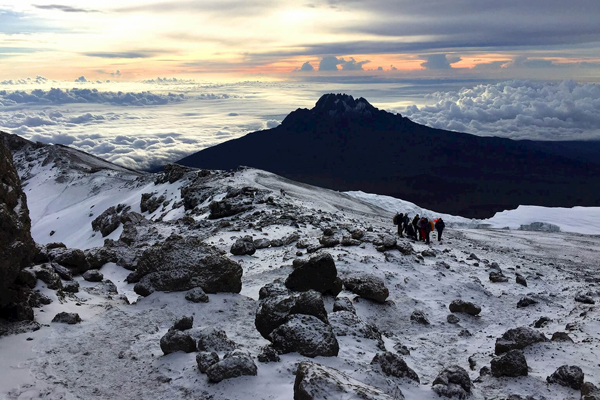
The Ngorongoro Conservation Area (NCA), a UNESCO World Heritage Site, is a unique blend of natural beauty, rich biodiversity, and historical significance. Located in northern Tanzania, it spans approximately 8,292 square kilometers. The highlight of the NCA is the Ngorongoro Crater, the largest unbroken and unflooded caldera in the world, teeming with wildlife. Beyond its natural wonders, the area is steeped in human history, with Olduvai Gorge, often referred to as the “Cradle of Mankind,” located within its boundaries.
The diverse habitats in the Ngorongoro Conservation Area support an incredible range of plant life:
The Ngorongoro Conservation Area is one of the most biodiverse locations in Tanzania:
The NCA is not just about wildlife; it also offers a glimpse into human history:







Explore the wonders of Africa with AWA Tours, your gateway to authentic and sustainable travel experiences. Specializing in eco-conscious safaris, cultural immersion tours, and off-the-beaten-path adventures, we bring you closer to Africa’s breathtaking wildlife, diverse cultures, and pristine landscapes. From thrilling Big Five safaris to serene beach escapes and community-focused travel, AWA Tours curates unforgettable journeys tailored to modern explorers seeking adventure, connection, and responsible tourism.
By subscribing to our newsletter, you’ll gain access to:
✔️ Exclusive Travel Deals & Discounts
✔️ Insider Travel Tips & Guides
✔️ Updates on New Tours & Destinations
✔️ Stories from Real Travelers & Stunning Photography
Whether you’re dreaming of conquering Mount Kilimanjaro, relaxing on Zanzibar’s pristine beaches, or witnessing the majestic Great Migration, AWA Tours has something special just for you.
2024 Awatours. All rights reserved.